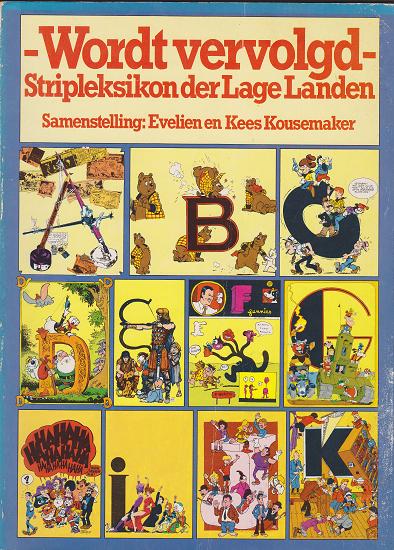More grist on the mill for the idea that there’s something wrong with the Dutch comics market for adventure strips comes from Bart Croonenborghs:
Minck Oosterveer combines fluid brush work with high contrast black and white art and is best mostly known in US comic circles for his Boom! Studios work with Mark Waid on The Unknown. After The Exiles of Thoom debacle, Oosterveer just flat out admitted that at the moment the comic strip business in the Netherlands is not really worth the effort anymore. His popular Zodiac and Nicky Saxx newspaper strips both having been retired, Oosterveer finds the process of of actively hunting down new leads on projects tiring and time consuming, doubly so since payments are not what they used to be for these kind of newspaper strips.
Even Nicky Saxx recently winning the Dutch Oeuvre Award 2011 – the most important strip award in the Netherlands – couldn’t budge Oosterveer’s determination in abandoning the Dutch comics field. He has since revealed signing with an American agent, that he will be doing a new series with Mark Waid and is working on a creator owned graphic novel with writer Charles Webb. Having found the American comics work much more rewarding in terms of creator respect and payment, he has decided to focus his efforts on breaking through in the US comics market.

Minck Oosterveer was the only Dutch comics creator still working in the long tradition of the adventure strip, that he has had to focus his efforts on the American comics market because Dutch comics paid too little to make a living is …not good. The comics market in the USA is after all godawful and has been for years, so to prefer that to the Dutch market means that for creators like Oosterveer at least the market here is worse…
And yet, as I showed last year, the market for “graphic novels” is booming, with books like the translated Robert Crumb Genesis or Logicomics selling well over 10,000 copies, something that for a normal book too would be very respectable in the relatively small Dutch book market.The graphic novel as a publishing phenomenom has indeed become succesful enough to become a bandwagon, with a flood of inferior work released as “graphic novel” which would’ve never gotten any media attention had they been called “comics”. Tonio van Vugt, editor of Zone 5300, Holland’s most prominent alt-comix zine, already warned about the detrimental effect this could and would have on the reputation of comics as a medium, when on the one hand you have an artificial divide in “graphic novels (literature, hip, available in quality bookstores) and “strips/comics” (pulp, oldfashioned, bought in strange little shops normal adults won’t go) and on the other hand much of what’s sold as “graphic novel” is crap, only able to confirm the stereotypes people already have about comics.
But there’s more going on. The Dutch comics market has always been very open to foreign comics, yet at the same time managed to have a strong comics industry itself as well, nourished through publication in a variety of weekly and monthly magazines, as well as newspaper publication. All these outlets slowly disappeared over time however, while the competition of cheaper foreign comics became stronger. There are so many good American, French, Japanese and other comics being translated that few Dutch cartoonists can competite with them. Who will take a gamble on Jan Janssen from Lutjebroek when they can publish e.g Charles Burns Black Hole quicker and cheaper and probably get a bigger audience? It’s the same as what happened to Dutch language science fiction in the seventies and eighties, when for a moment it did seem we could get a reasonable scene going (Eddy C. Bertin, Bob Laerhoven, Felix Thijssen, Wim Gijssen, the Gandymedes anthologies etc.) , but it turned out translating yet another Keith Laumer or Larry Niven novel was cheaper and more profitable too..
There are exceptions to this trend, like Barbara Stok or Maaike Hartjes (here reviewd by Branko Collin), but what they do is slice of life stories rooted in everyday Dutch life; not something you can easily find foreign substitutes for…